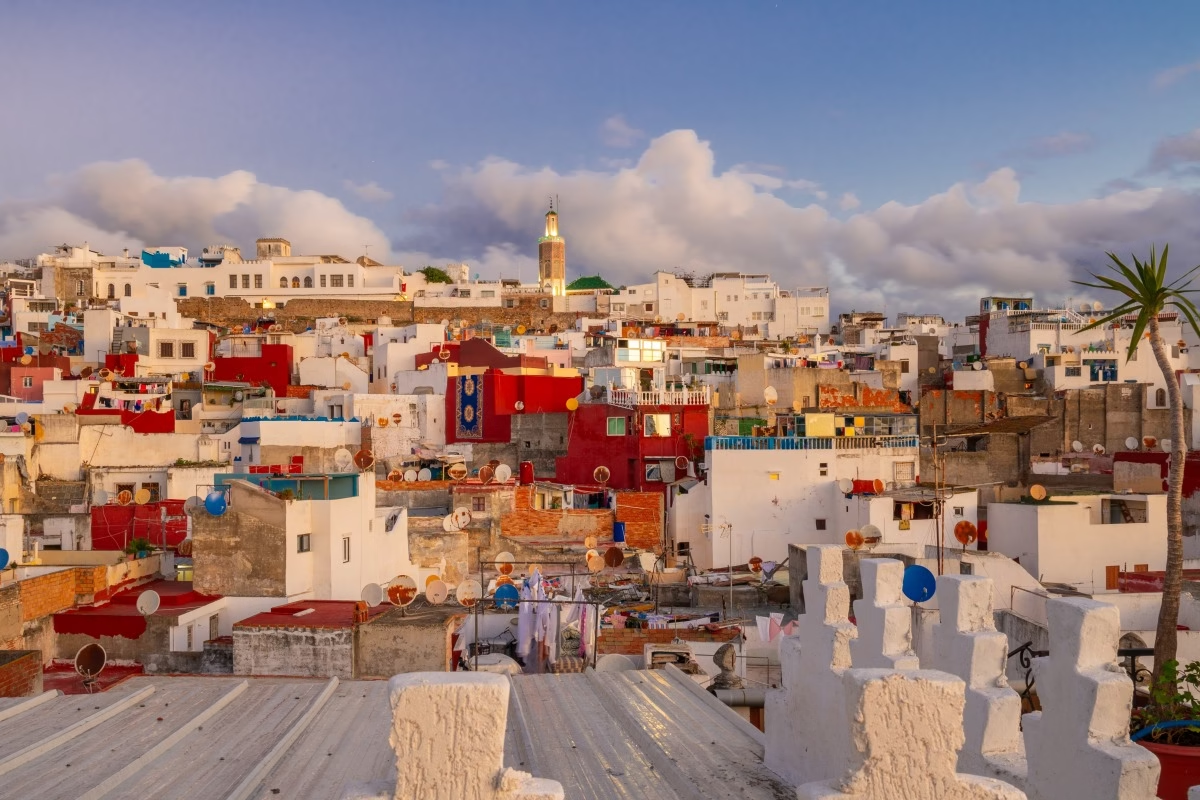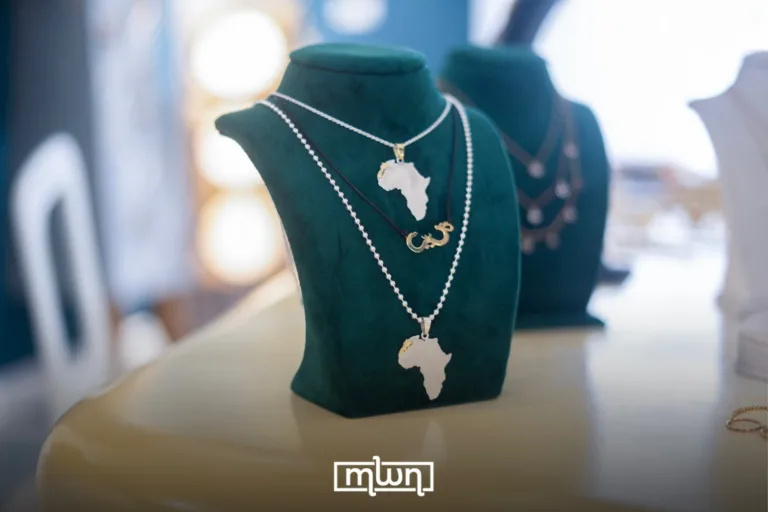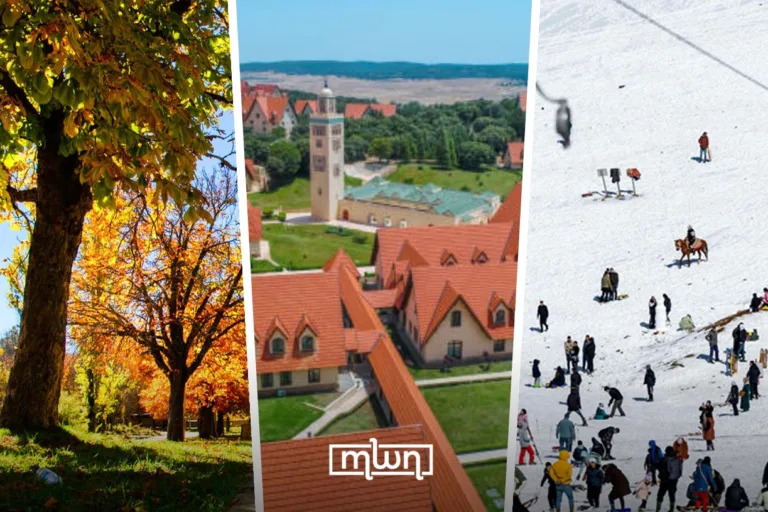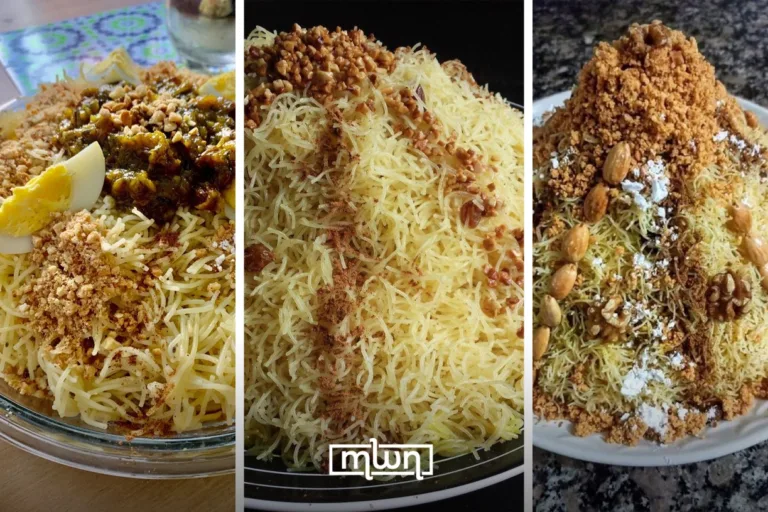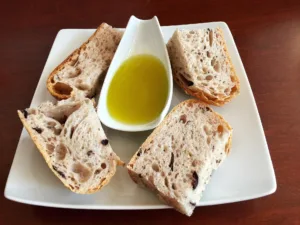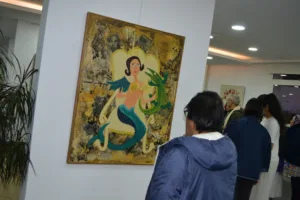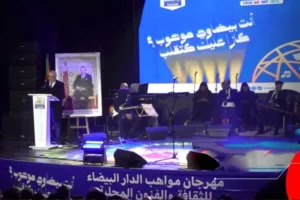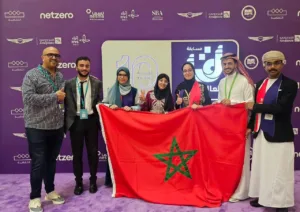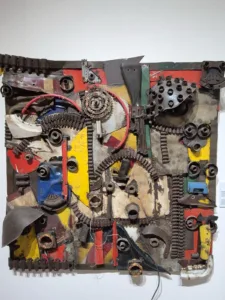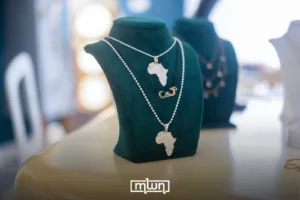Morocco’s gateway to the world, Tangier is reclaiming its status as a global cultural hub with a stunning artistic revival.
Fez – Tangier has always been a city of intrigue; a crossroads of cultures, a muse to artists, and now, a rising star in cultural tourism.
French television network TV5 Monde recently put the Moroccan city in the spotlight, dedicating a feature to its transformation into a hub where heritage and contemporary art meet.
Tangier has enchanted creatives for centuries, from 19th-century painters like Eugène Delacroix to modern visionaries like Kees Van Dongen and Nicolas de Staël.
Even Moroccan artist Ahmed Yacoubi found his way to global recognition here, thanks to the American writer Paul Bowles.
Tangier’s unique energy has always drawn those who see the world differently. Now, the city is embracing that identity like never before.
Over the past decade, Tangier has been busy reinventing itself. At the heart of this metamorphosis is the “Port de Tanger Ville” project, launched in 2010.
The initiative aims to strengthen the city’s connection to its port and position it as a premier cultural tourism destination.
A story of reinvention
Mohamed Ouanaya, CEO of the port development company SAPT, explains that the goal isn’t mass tourism but a refined experience blending history, creativity, and modernity.
A major piece of this puzzle? Bringing the old medina back to life. New museums and artist residencies now weave seamlessly into the city’s fabric, creating a unique mingling of past and present.
The result is an experience where every cobbled street and ancient wall tells a story of reinvention.
Take the Conil Gallery, for example. Nestled on the picturesque Place du Tabor, shaded by a towering ficus tree, this space showcases both Moroccan and international artists, unearthing fresh talent and exporting it to France.
Beyond its exhibitions, the gallery serves as a gateway to Tangier’s growing cultural scene, directing visitors to recently restored historical sites, artist workshops, and stunning new museums.
Read also: New Discoveries in Morocco’s Kach Kouch Shatter Old Myths
The Ibn Battouta Museum, housed in a former fort along the city’s historic ramparts, is one of the reviving city’s most standout transformations.
Here, visitors can trace the legendary Moroccan traveler’s 29-year journey across the world. Not far away, the Kasbah Museum merges contemporary art with archaeology inside what was once a prison–proof that in Tangier, even the past finds new ways to express itself.
Tangier’s reinvention isn’t slowing down. The city’s ambitious cultural and urban renewal plan will continue until 2029—just in time for the 2030 FIFA World Cup, which will partly take place here.
And the results are already visible: locals have fully embraced the transformed landscape, strolling from the old medina to the Mediterranean waterfront as if the city had always been designed this way.
French gallerist and philanthropist Olivier Conil, who has called Tangier home for two decades, sees this as an invaluable shift. “Tangier has always been Morocco’s city of artists,” he told TV5 Monde. “Now, it’s also a city of possibilities.”
TV5 Monde’s feature confirms what insiders have known for years: Tangier isn’t just changing—it’s thriving, evolving, and reasserting itself as one of the world’s most fascinating cultural destinations.

